Pressure vessels are industrial containers designed to hold vapors, liquids, or gases under pressure. These containers are essential in many industries, including oil and gas, chemical processing, and power generation. Because pressure vessels operate at high pressures, they can be dangerous if not properly maintained. Regular inspections are a critical part of the maintenance process for pressure vessels, helping to identify potential issues before they escalate into serious problems. This guide provides a comprehensive overview of pressure vessels, covering their definition, inspection requirements, common questions, and how drones can enhance the inspection process. While we’ve already introduced pressure vessels as "containers designed to hold vapors, liquids, or gases at a specific pressure," it's important to understand that each country has its own legal definitions and regulations regarding these systems. This is because pressure vessels can pose significant risks if not handled correctly. To ensure safety, most countries have strict laws governing the design, construction, and operation of pressure vessels. Each vessel also has specific operating parameters known as “design pressure†and “design temperature.†Operating beyond these limits can lead to catastrophic failure, which may result in explosions, fires, or hazardous leaks. Understanding these limitations is crucial for ensuring the safe and efficient use of pressure vessels in industrial settings. Pressure vessels come in various shapes and materials, but they all share some key characteristics: Note: Psig measures the pressure relative to atmospheric pressure. For more information, visit the Energy Education website. Pressure vessels are used in a wide range of industrial applications. Some of the most common types include: Given the potential dangers associated with pressure vessels, safety is a top priority in their design. Two key safety features include: Regular inspections are essential to ensure the continued safe operation of pressure vessels. This section covers inspection frequency, procedures, testing methods, and a checklist of what inspectors typically look for during an inspection. Most regulatory bodies require pressure vessels to be inspected at least once every five years. Additionally, an initial inspection should be conducted when the vessel is installed and before it is put into service. During an inspection, inspectors examine both the exterior and interior of the vessel. They may: There are five common non-destructive testing (NDT) methods used in pressure vessel inspections: Visual inspections involve a detailed examination of the vessel’s surface for cracks, corrosion, or other defects. This is the most commonly used NDT method. Ultrasonic testing uses sound waves to measure material thickness and detect internal flaws, making it ideal for identifying hidden defects. Radiographic testing involves using X-rays to detect surface and subsurface defects, providing a clear image of the vessel’s internal structure. This method uses magnetic fields to detect surface and near-surface flaws by identifying disruptions in the magnetic flow. Dye penetrant testing involves applying a fluorescent dye to the surface to reveal cracks or other defects under UV light. Here’s a list of items typically checked during a pressure vessel inspection: For a printable version, you can copy this list into a document and add check boxes next to each item. Here are some frequently asked questions about pressure vessels, along with detailed answers: A vessel is generally considered a pressure vessel if it holds vapors, gases, or liquids at a pressure of 15 psig or higher. However, this threshold may vary depending on local regulations. An unfired pressure vessel is one that is not directly exposed to a heat source, often used for cooling or heating fluids through indirect means. A fired pressure vessel, on the other hand, receives direct heat, such as in boilers or thermal oil heaters. Regulatory codes vary by country, but some of the most widely recognized ones include: Some of the most common international standards include: Drones have revolutionized the way pressure vessel inspections are conducted. By using drones, inspectors can safely collect visual data from inside a vessel without having to enter the confined space themselves. The Flyability Elios 2, for example, is designed to navigate tight spaces and continues flying even after collisions, making it ideal for inspecting complex pressure vessels. Its advanced features, such as flight stabilization and high-quality imaging, make it a powerful tool for inspectors. Here are five key benefits of using drones in pressure vessel inspections: Drones eliminate the need for human entry into potentially hazardous environments, significantly improving worker safety. Using drones reduces the need for scaffolding and manual labor, lowering inspection costs. Drones also speed up the process, minimizing downtime for the vessel. Drones can reach difficult-to-access areas, such as welds and burners, providing detailed views that would be challenging to obtain manually. Drones can capture high-resolution images and video, creating a detailed record of the vessel’s condition. This data can be reviewed later for trend analysis and long-term monitoring. By reducing the need for frequent manual inspections, drones can help companies conduct more frequent checks, leading to improved safety and reduced emissions. A study found that increased inspection frequency could reduce CO2 emissions by up to 649 metric tons annually.  The future of pressure vessel inspections looks promising, with emerging technologies like drones and advanced sensors transforming the industry. These tools are making inspections faster, safer, and more accurate than ever before. Drones are becoming increasingly popular in the field of pressure vessel inspections. Their ability to access hard-to-reach areas quickly and safely makes them an invaluable asset for inspectors. Companies are adopting drones not only for safety reasons but also for cost and time efficiency. With the ability to conduct inspections more frequently, drones enable proactive maintenance and early detection of potential issues. This shift is particularly beneficial in environments where human entry is risky or impractical. New advancements in drone technology, such as SLAM (Simultaneous Localization and Mapping), are expanding the possibilities of remote inspections. Drones equipped with these features can create real-time 3D maps, helping inspectors locate defects with precision. In addition, drones can now be fitted with various sensors for ultrasonic thickness testing, thermal imaging, and optical gas imaging, among others. These capabilities are opening new doors for more detailed and accurate inspections. Software improvements are also playing a key role in managing the large amounts of data collected during inspections. These tools are streamlining the process, making it easier for inspectors to analyze and act on the information gathered. Section Machine,Glass Section Machine,Cutting Equipment,Slicing Equipment Changzhou Kuaile Technology Co., Ltd , https://www.quartzglasssectionmachine.comWhat is a Pressure Vessel?
What is a Pressure Vessel?
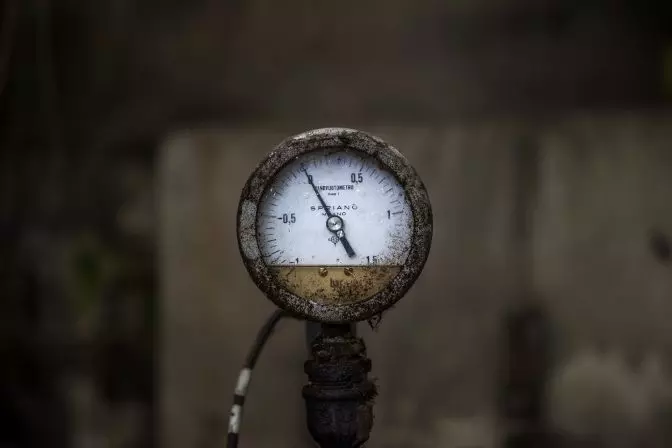
Common Characteristics of Pressure Vessels
Types of Pressure Vessels
Safety Considerations in Pressure Vessel Design
Pressure Vessel Inspections
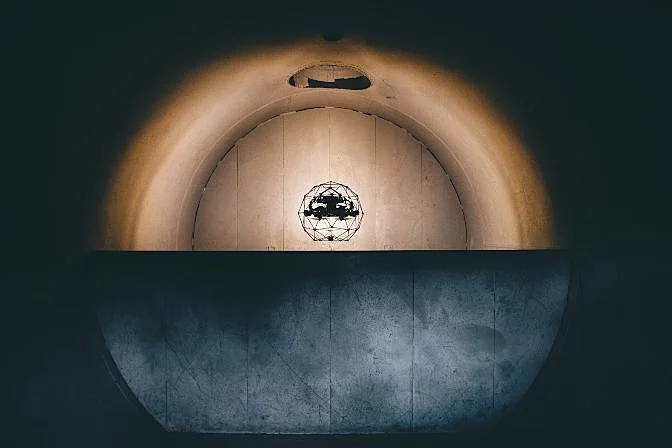 The Elios 2 collects visual data during a pressure vessel inspection
The Elios 2 collects visual data during a pressure vessel inspectionFrequency of Inspections
What Is Done During an Inspection
Types of Pressure Vessel Testing
1. Visual Testing
2. Ultrasonic Testing
3. Radiographic Testing
4. Magnetic Particle Testing
5. Dye Penetrant Testing
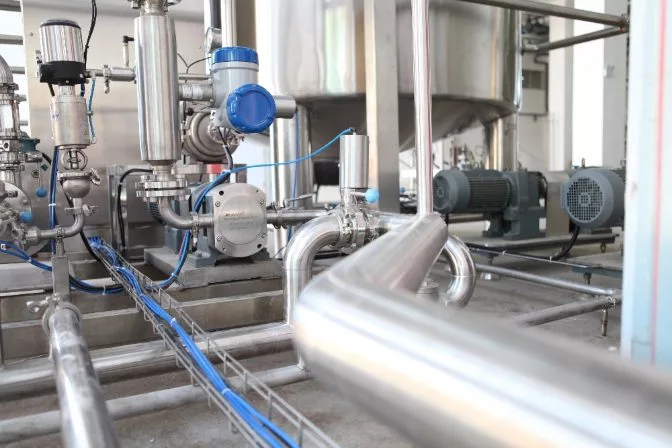
Pressure Vessel Inspection Checklist
External Inspections—What to Check
Internal Inspections—What to Check
Common Questions About Pressure Vessels
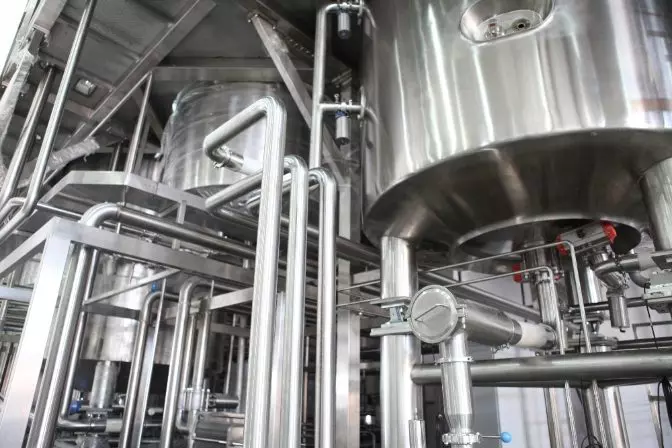
At What Pressure Does a Vessel Become a Pressure Vessel?
What Is the Difference Between an Unfired and a Fired Pressure Vessel?
What Regulatory Design Codes Pertain to Pressure Vessels?
What Are the Pressure Vessel Standards Around the World?
Five Ways Drones Can Help with Pressure Vessel Inspections
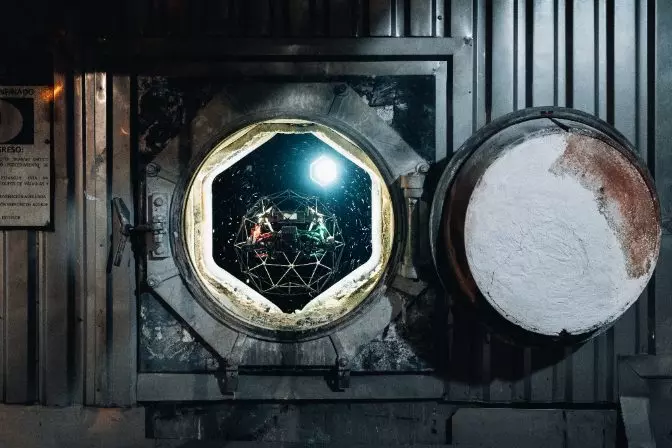
1. Safety
2. Cost Savings
3. Access
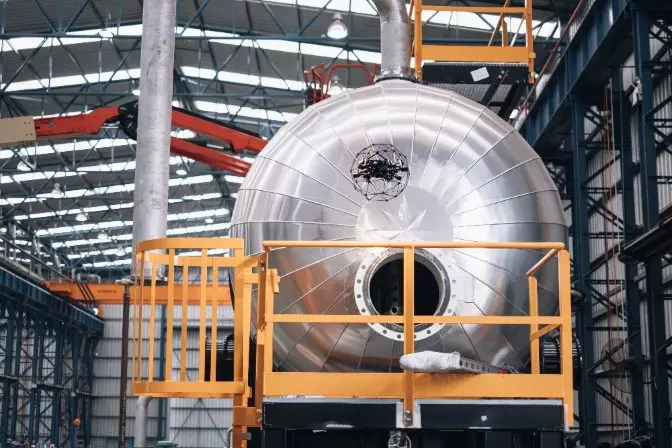 The Elios 2 inspecting a gas tank
The Elios 2 inspecting a gas tank4. Better Data
5. Environmental Benefits
The Future of Pressure Vessel Inspections
The Growing Adoption of Drones
Recent Technological Advances May Diversify Drone Use Cases